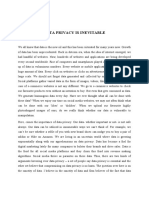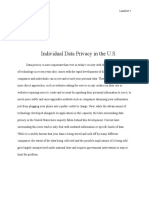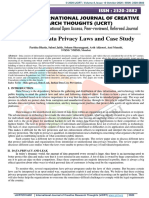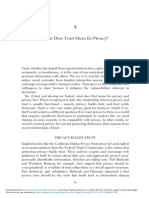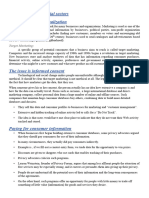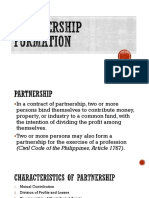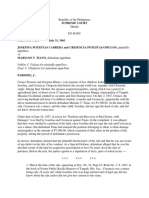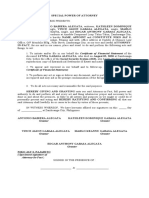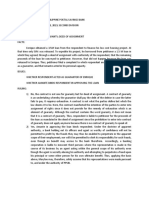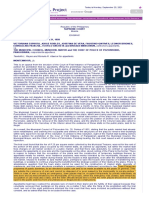0% found this document useful (0 votes)
27 views4 pagesEcode Research
The document discusses how individuals generate massive amounts of data daily through their online and offline activities that is captured and sold by companies. This data is then used to target advertising back at individuals. While this data collection and use can enable better customer engagement, it is primarily used to sell more products with little benefit to the data generators. There are also privacy and security concerns regarding how personal data is commodified and exploited without full transparency or consent.
Uploaded by
Poorna JhalaCopyright
© © All Rights Reserved
We take content rights seriously. If you suspect this is your content, claim it here.
Available Formats
Download as DOCX, PDF, TXT or read online on Scribd
0% found this document useful (0 votes)
27 views4 pagesEcode Research
The document discusses how individuals generate massive amounts of data daily through their online and offline activities that is captured and sold by companies. This data is then used to target advertising back at individuals. While this data collection and use can enable better customer engagement, it is primarily used to sell more products with little benefit to the data generators. There are also privacy and security concerns regarding how personal data is commodified and exploited without full transparency or consent.
Uploaded by
Poorna JhalaCopyright
© © All Rights Reserved
We take content rights seriously. If you suspect this is your content, claim it here.
Available Formats
Download as DOCX, PDF, TXT or read online on Scribd
/ 4




